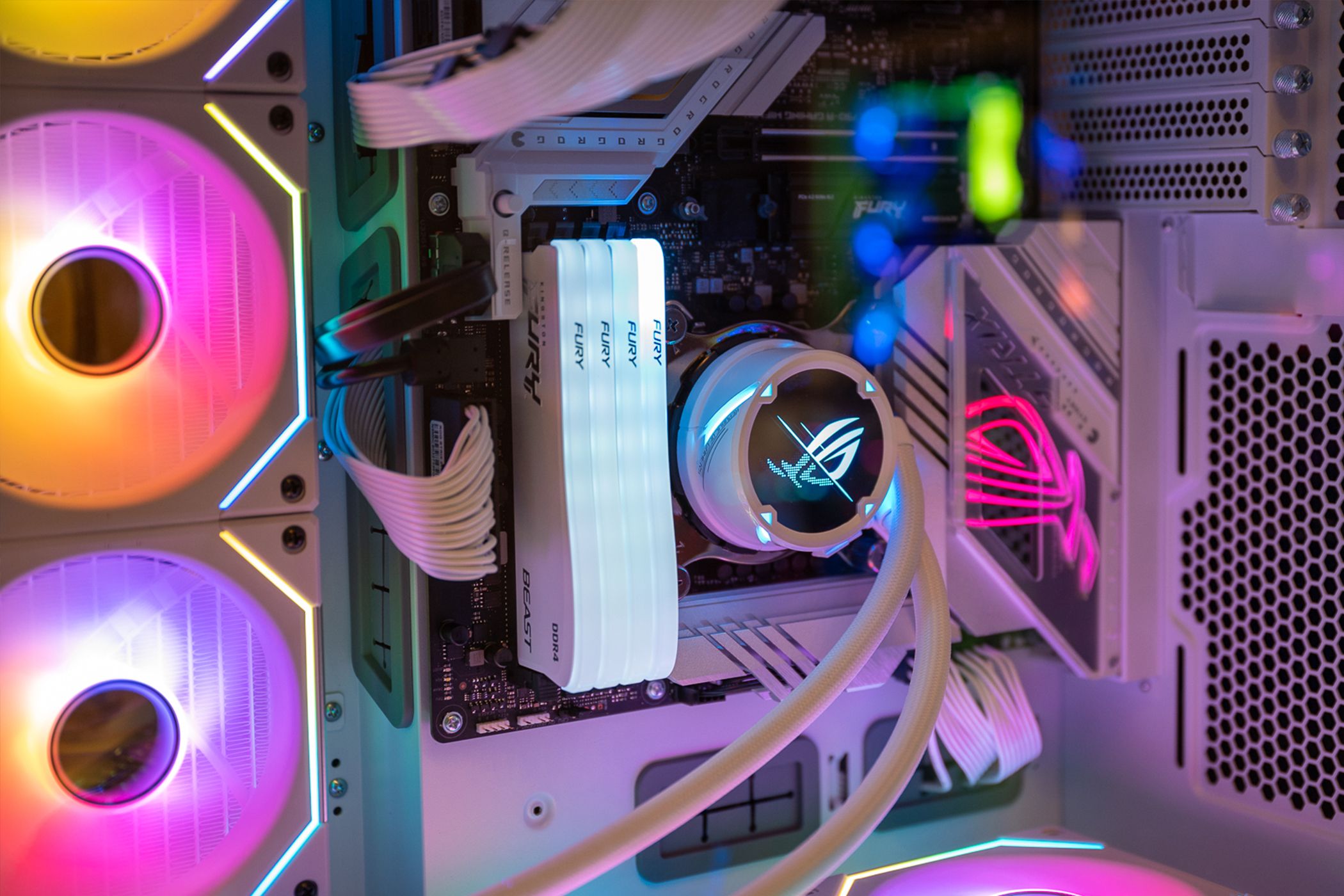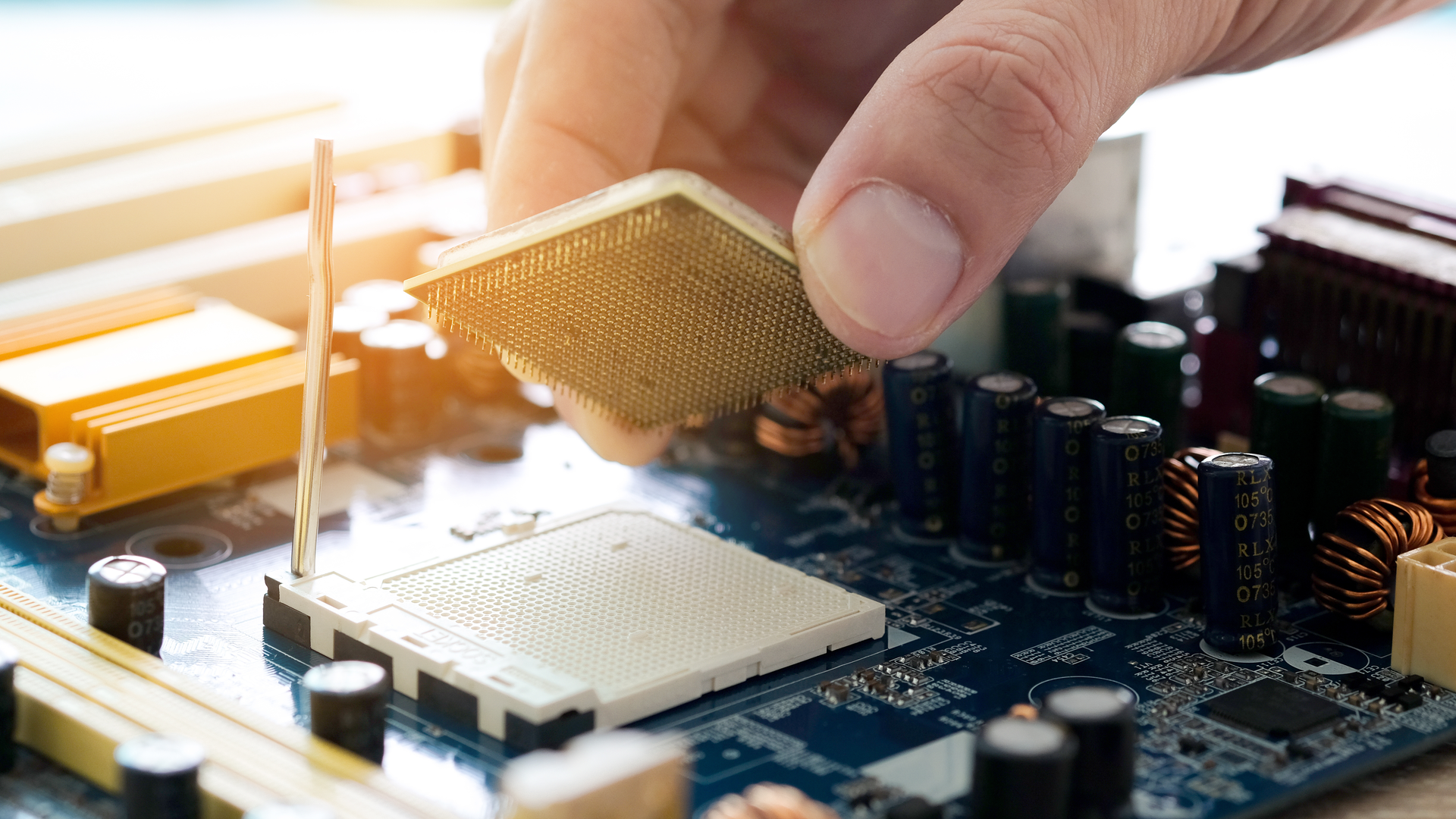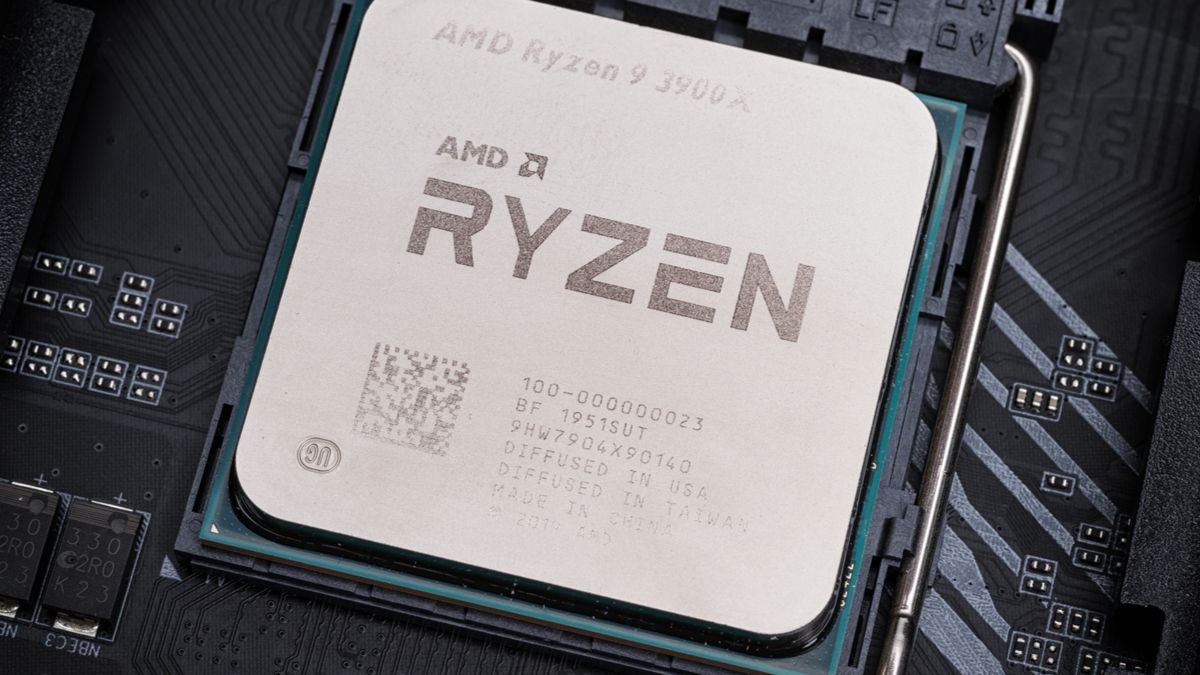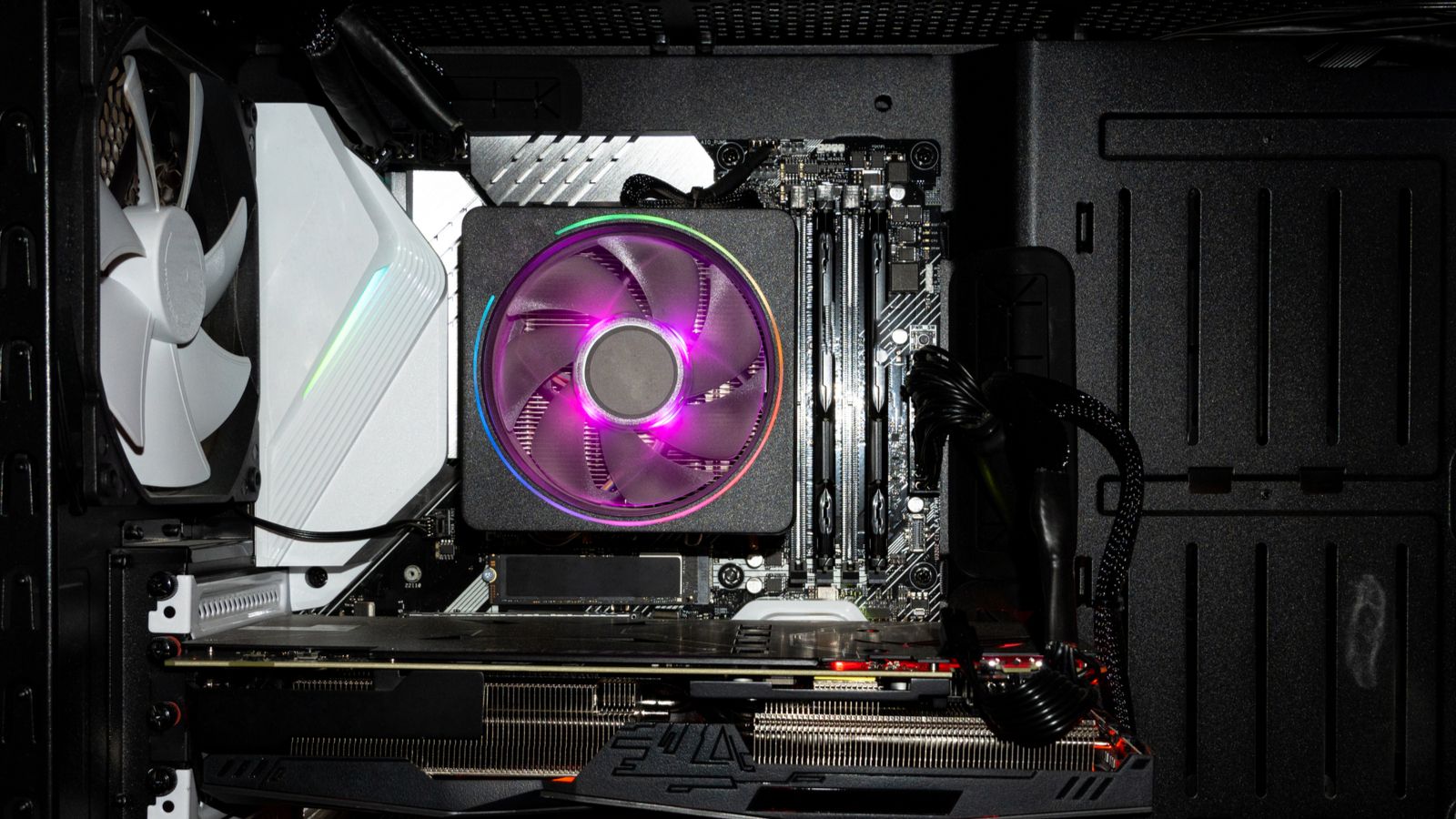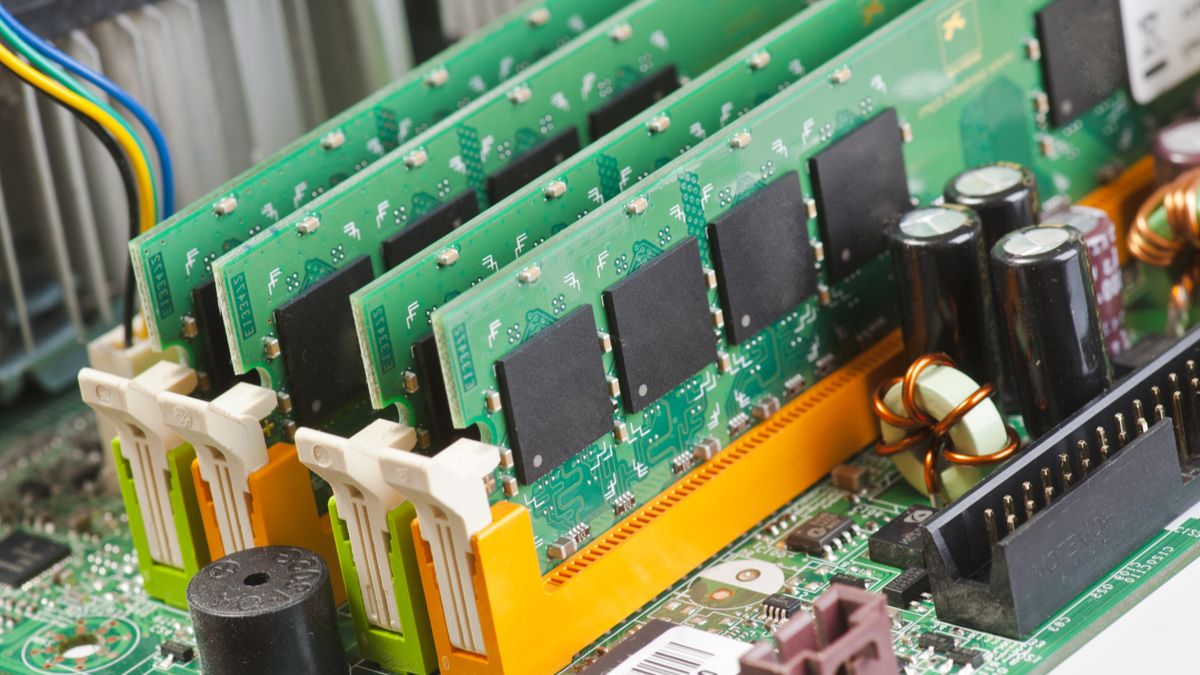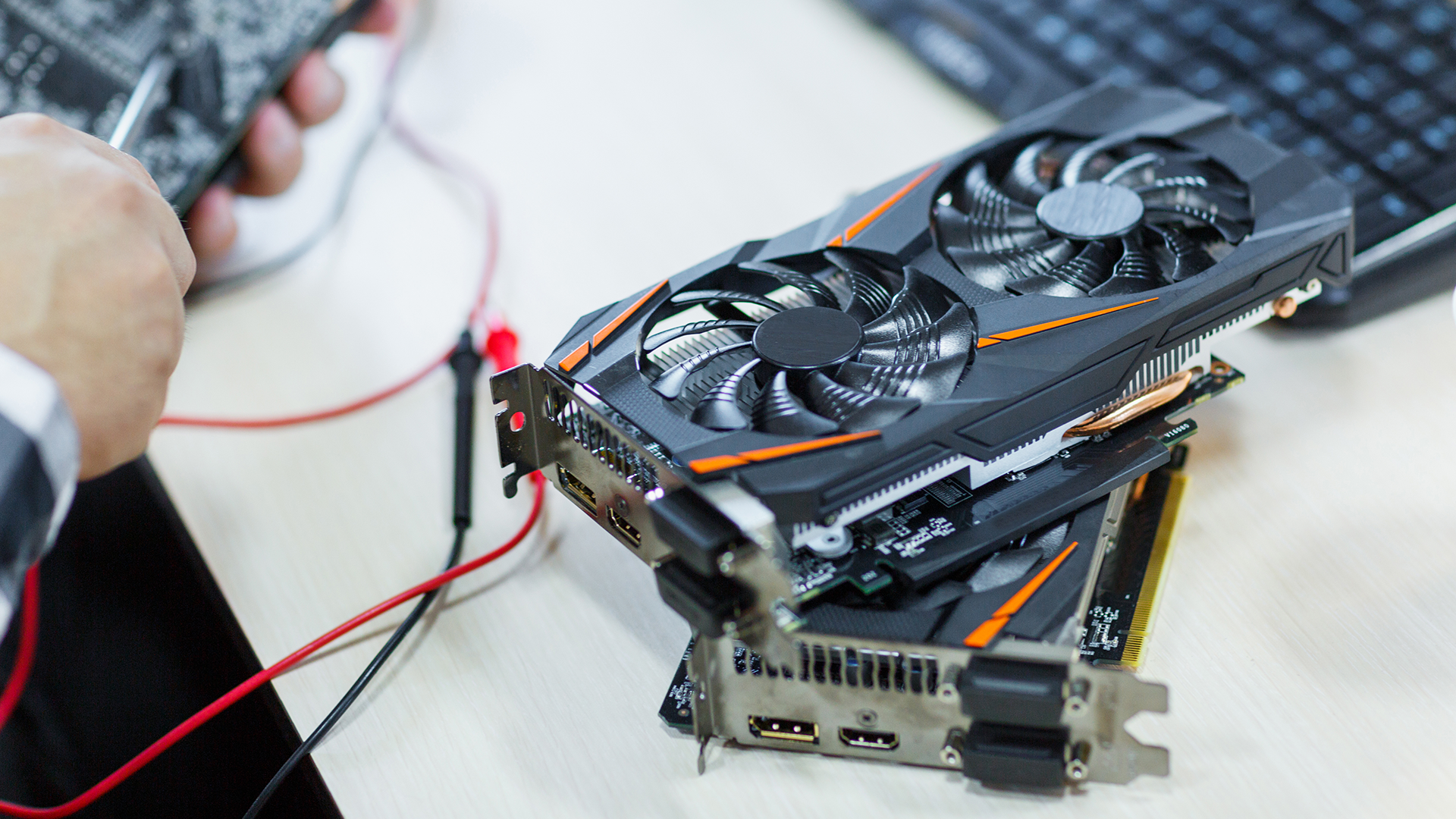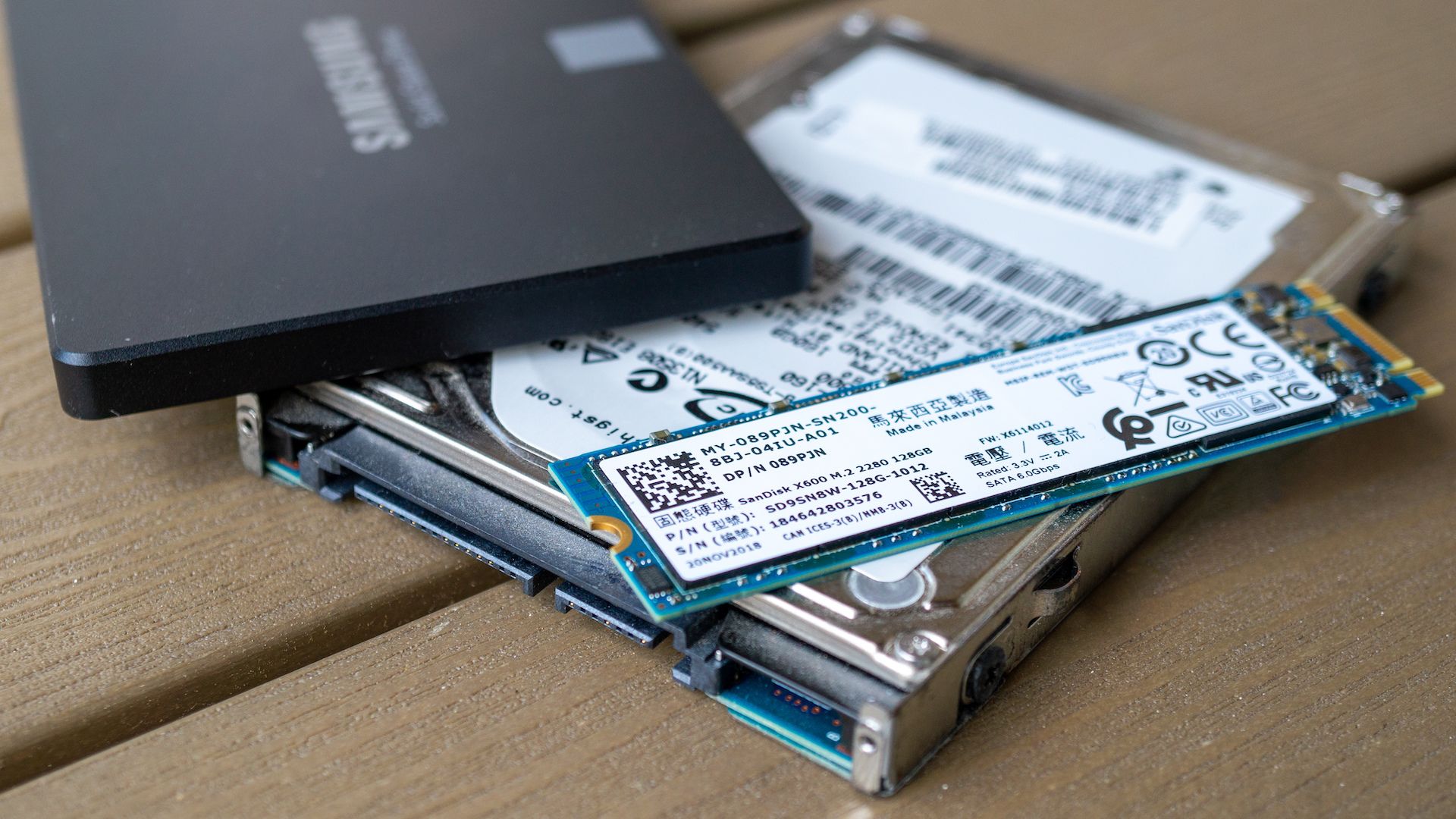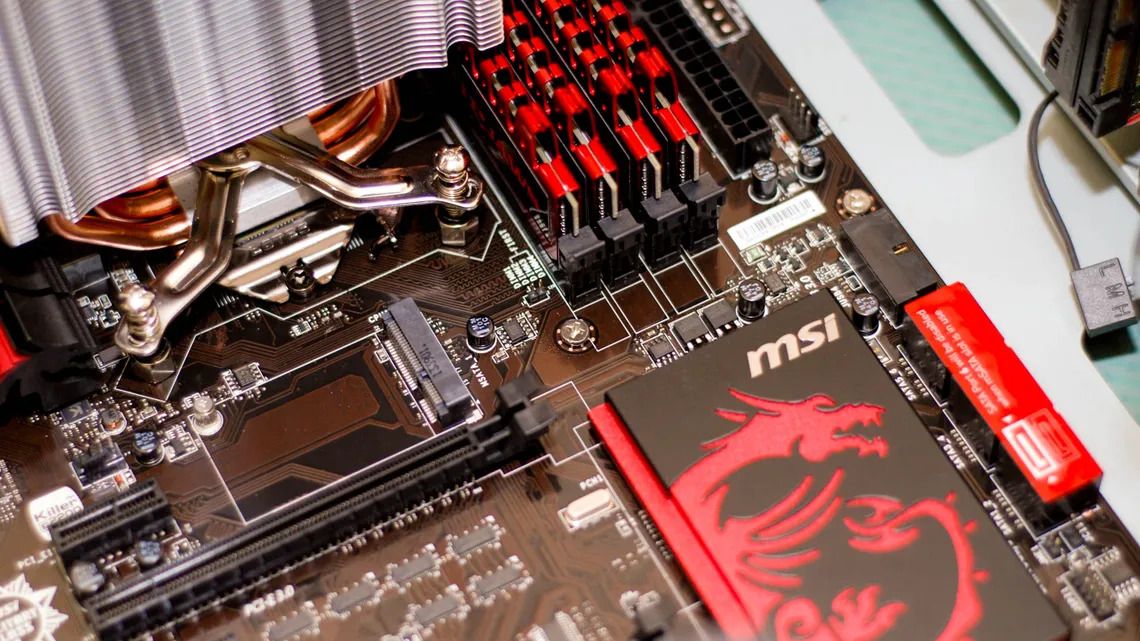Desktop computers have upgradability as one of their major selling points. When something breaks or becomes outdated, you can just swap it for a newer part and everything runs smooth again.
However, as technology evolves, sometimes the components currently in the market simply won't fit into your computer's slots. That's when one needs to consider getting a new motherboard.
But how to know if you need to buy it now or if you can wait some more time to do so? That's precisely what this guide helps with.
1. Do Your New Processor Require a New Motherboard?
If you're shopping for a new processor, you most likely will need a new motherboard as well. That's because each few generations, the socket—that is, the slot in the motherboard that the CPU plugs into—used for the processors changes.
Using Intel as an example: the company kept the same socket for its Core CPUs from the sixth to the ninth generation. Then a new format was used for the tenth and eleventh generations, and yet another format for 12th and 13th generations.
To find out an Intel's CPU generation, just check its model number: if it has four digits, like 7210, or five digits, like 12700. Usually there are letters after the digits as well, but those don't matter right now. For four-digit models, the generation is the first one—the 7210 above is of the 7th gen. For five-digits, it's the first and second ones (therefore, the 12700 is from the 12th generation).
As of 2023, the rule for Intel processors is quite simple:
- Gen 1: socket model LGA 1156
- Gens 2 and 3: socket model LGA 1155
- Gens 4 and 5: socket model LGA 1150
- Gens 6 to 9: socket model LGA 1151
- Gens 10 and 11: socket model LGA 1200
- Gens 12 to 14 (TBA): socket model LGA 1700
Keep in mind that the socket model numbers mean how many pins they use to connect the CPU and the motherboard. Therefore, a newer socket may have a lower number than older ones—like the LGA 1155 and 1150 models, of which the 1150 is newer.
For AMD processors, the concept is generally similar. Since AMD only recently got back to the high-end CPU market, the relevant socket models only go as far as 2016. The naming is also similar, though AMD's Ryzen CPUs are still in the 7th generation, so there are no 5-digit models.
Also, AMD has things both simpler and more complicated with socket formats. While Intel has changed those thrice since 2017, AMD has done it only two times... Mostly.
That's because AMD uses two types of sockets: one for most of its desktop CPUs ("regular" Ryzen), another for CPUs aimed both at the high-end consumer and server markets (the Ryzen Threadripper line). That high-end niche has actually changed socket models three times.
To make things worse, there are two types of Threadripper CPUs. The "regular" ones were retired after the 3000 series, and the "Pro" versions were introduced in the 3000 series.
Therefore, there is a single kind of Threadripper-compatible socket for 1000 and 2000 series, two (depending on the model) for the 3000 series, and only one again from the 5000 series onwards (as of 2023). Also, there aren't 4000 and 7000 series Threadrippers, and the 6000 series only had laptop CPUs. Yes, things are *this* confusing.
Intel does have distinct socket formats for servers as well. Differently than AMD, though, those aren't marketed to end users.
With the differences (kind of) explained, here is the socket list for AMD CPUs as of 2023:
- Ryzen 1000 series to Ryzen 6000 series: AM4
- Ryzen 7000 series: AM5
- Ryzen Threadripper 1000 and 2000 series: TR4
- Ryzen Threadripper 3000 series: sTRX4
- Ryzen Threadripper Pro 3000 and 5000 series: sWRX8
As of September 2023, there aren't yet Threadripper 7000 series CPUs on the market. AMD has openly stated that those will be launched before the end of the year, but all information on the socket they'll use is still in the rumor arena.
To wrap this up, it goes without saying that a motherboard with a socket made for any Intel CPU won't be compatible with an AMD processor, and vice versa. The formats used by each company are totally different.
Heatsinks
Closely related to CPUs, heatsinks and coolers deserve their own subsection for a simple reason: if you don't get a decent one, your all-new processor will be fried in a few hours.
But things are simpler here: both companies have kept the same heatsink design for most processor generations—things changed with Intel's 1700 socket and AMD's AM5 socket. So, Intel Core CPUs from the first to the 11th generation share the same heatsink design, as do AMD's Ryzen from the 1000 to the 5000 series. Also, any AM4 heatsink that has a removable backplate is compatible with AM5 processors as well. The ones with fixed backplates can be used with an adapter.
Threadripper heatsinks are different from those for regular Ryzens, but the good news is that the design is the same for all three Threadripper generations. And, like socket formats, heatsink models aren't interchangeable between Intel and AMD processors.
2. Are You Upgrading Your RAM Type?
Another specification tightly coupled with CPU compatibility is the RAM version. Luckily, things are simpler here as well.
Compatibility Between DDR Versions and Socket Types
For starters, motherboards for AMD's AM4 socket only support DDR4 memories. AM5 CPUs can only handle DDR5.
At Intel, all motherboards from the first to the 13th Core generations—that is, LGA 1156, 1155, 1150, 1151, 1200, and 1700—support DDR4. The ones for LGA 1700 sockets support DDR5 as well.
Number of RAM Slots
Also to take into consideration is the amount of memory slots. Most people are fine with their RAM running dual—or even single—-channel.
If you want to go quad- (or octa-, but that's really an overkill) channel, make sure both the CPU model and the motherboard support it. Just because the motherboard has four RAM slots, it doesn't mean it supports a quad-channel setup, so remember to check its specs thoroughly.
3. Can Your Motherboard Accommodate a New GPU?
A few years ago, this section would be a bit more complicated. Both NVidia and AMD marketed their multi-GPU solutions to boost gaming performance, and that obviously meant one would need as many (large) PCIe slots as graphics cards they wanted to run simultaneously.
These days, the best GPUs are strong enough to run AAA games by themselves. Those building workstation setups might still have use for NVLink or AMD's mGPU, but the most undeniable evidence that this is a niche case is precisely that both companies now offer multi-GPU applications only in their professional products.
However, the number of PCIe slots—and their placement at the motherboard—is still important for other reasons. Nowadays, we have GPUs that take two, three, or even four slots both on the chassis' back panel and on the motherboard itself. Not that they actually connect to all of those slots, it's just that the heatsink and cooling fans got so large that a desktop graphics card can be as thick as two laptops placed one over the other.
That's not an issue for most people, even those building gaming setups, since usually the PCIe slots are mostly left empty save for the one used by the graphics card. However, if one wants to add other PCIe devices, like a video capture card or more USB ports, having all the slots blocked by the GPU can be a bummer.
4. Are Your Storage Upgrades Compatible With Your Motherboard?
Not all PCIe slots are created equal, and not all PCIe slots are in the same place, too. The M.2 ports for SSD storage should also deserve a bit of your attention when purchasing a new motherboard.
There are three things to take into account: quality, quantity, and compatibility. Let's dive into each of them.
Firstly, more is not always better. A motherboard with a single PCIe Gen 4—the kind used in the fastest SSDs—M.2 slot might suit you better than one with two PCIe Gen 3 ones. Sure, you might want some more storage down the road, but be sure that you'll be able to run it at full speed.
But quantity also matters. If you want to match performance and storage space in your SSDs, you should look for at least a couple of M.2 slots, otherwise you'll be relying on SATA drives for some more time.
To wrap up both of the previous parameters, compatibility is the key. There are lots of motherboards out there with one PCIe Gen 4 and one PCIe Gen 3 slot. Also, if you have mSATA SSDs, be sure that the motherboard supports this format as well.
And, since we're talking about SATA, let's not forget about 2.5" SSDs, the good old hard disks, and why not optical drives as well? If the goal is to move all of your current last-gen storage devices to the new motherboard, it has to provide enough SATA connectors. But please don't end up plugging an M.2 SSD into one of them, like this guy on Reddit.
5. Do You Have Enough Ports?
It's also important that you don't forget your onboard connections. Does the motherboard in your shopping cart have enough USB ports for the devices you use daily? Is the network card a Gigabit one? Not to mention the audio jacks, if you're into using old school physical headsets.
By the way, do you own any Thunderbolt or USB 4 devices? Desktop motherboards supporting either are still expensive, but future-proofing is always good. While considering these not-so-sctrictly-necessary-but-still-great features, also think of an onboard wireless card—many motherboards these days support Wi-Fi 6 and Bluetooth.
6. Will a New Power Supply Require a New Motherboard?
This section is short, but also of utmost importance. Imagine that you manage to have everything you need on your new setup, but not enough power to even turn it on. So, don't forget to consider the Power Supply Unit (PSU).
The great news is that, like SATA or PCIe ports, and unlike CPU or RAM slots, power supply connectors (called ATX) have remained mostly the same for a couple of decades now—and don't look like they'll change any time soon, except for non-mandatory improvements. Therefore, if you have already calculated the required wattage for your PSU, and the current one still does the job with a decently sized overhead, no need to spend more money.
But, if the budget is going great, why not update that component too? There's no such thing as too big of a PSU anyway.
7. Will a Single Hardware Change Set Off Chain-Upgrading?
Since we're talking about budget, there's also the initial factor to consider at all times: how much can you spend? This will help you define a priority order for the components.
If you're getting a new CPU that uses a different socket, you'll need a new motherboard. And there's a chance that you might need new RAM modules as well, since the current ones could be incompatible with the upgrade.
If you want to get from DDR4 to DDR5 RAM, you almost certainly will need a new motherboard, too—which implies also buying a supported processor. Either case means you should have at least enough money for the three upgrades, otherwise the new parts won't be usable, you will have wasted money, and the components will be gathering dust in a drawer.
Upgrading your graphics cards? That will most likely require a new PSU. The good news is that a monstrous power supply won't set you off more than 300 bucks, which isn't a little expense, but compared to a $900 GPU, is much more reasonable.
Got a new PCIe Gen 4 NVMe SSD? It's going to compete with the GPU for bandwidth, therefore you may need a more advanced motherboard than anticipated.
The point is: one new component will probably require that you upgrade another, which in turn might need that you buy a third one, and so on. Having your priorities clear helps to understand in which places you can cut some corners, and where you'll need to follow the plan strictly. Be sure to check our buying guides to get the best offers on your new parts!
Motherboards Are Called That for a Reason
There's a considerable chance that you'll find yourself facing performance bottlenecks here and there on your setup. That is, unless you cash out a few thousand bucks or spend a lot of time balancing every single component.
Motherboards are amazing allies in preventing—or, at least, easing—that pain. There are mobos for every budget, and, if you organize your setup to max out a specific board (or get as close to it as possible), you dramatically increase the chance no part in your setup is singlehandedly hindering everything else.

